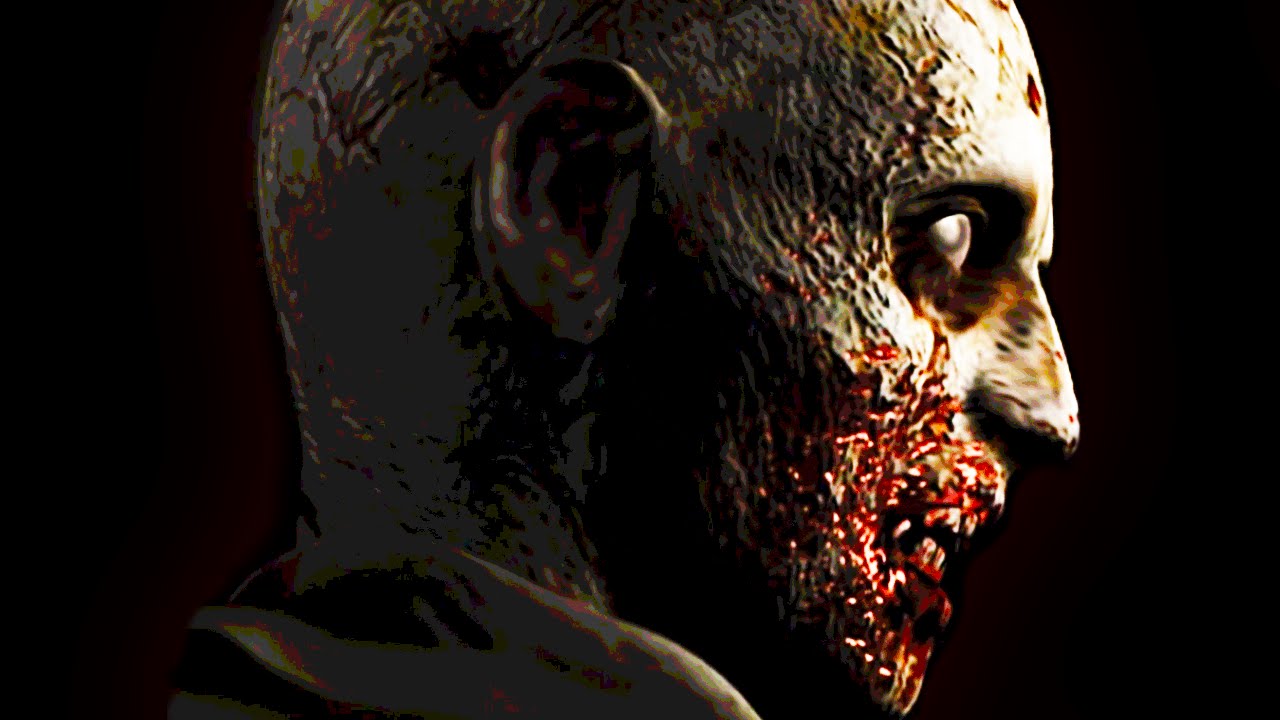
There's nothing better than a horror game done right.
As with many horror movie fans, nothing brings a sadistic smile to my face quite like seeing the genre expertly represented in the world of video games. The adrenaline-pumping gameplay, the bone-chilling atmosphere, the often diabolical narrative – all are key components that made classics like Silent Hill and Resident Evil such effective pieces of work.
Now, here’s why I feel like modern horror games are completely dropping the ball in the scare department.
As you’ll see from the entries on this list, the main issues with many modern horror games are that they’re trying too hard to emulate modern horror movies – and any real fan of the genre will tell you just how unimaginative and repetitive most of them are.
Gone is the slow, methodical pacing and subtle creepiness of classics like Rosemary’s Baby, The Omen, and of course, the unholy grail of horror, The Exorcist.
However, it’s not just movies that have led to some awful horror game cliches, but in fact, the games themselves have introduced some horrible tropes which really should’ve been eradicated by now. Horror games of old certainly seem good through rose-tinted glasses, but whenever their dated mechanics still linger on in the present day like shambling, undead corpses, it's off-putting at best and downright killer at worst.
With all of that said, what are some of the most persistently vile cliches that still permeate horror games today?
Well, we’ve compiled a list of the five most dastardly grotesques that simply refuse to die. So, without further ado, let’s rip apart these incessant irritants like we’d rip apart a mutated zombie in Resident Evil!
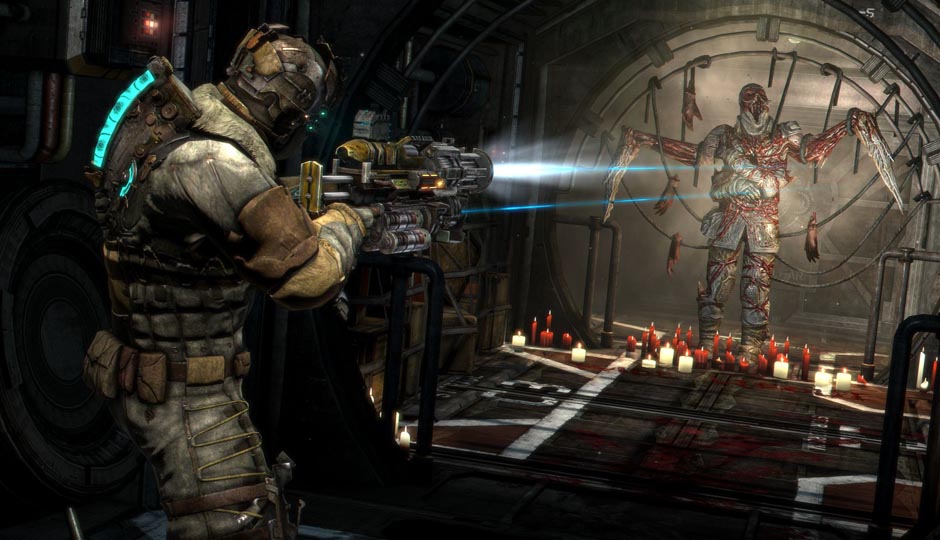
Worst Horror Cliche #5: Predictable Narratives
There’s a certain art to making audiences genuinely fearful of the story you’re trying to tell them. Some could argue that it’s a lost art in some regards, particularly when it comes to the evolution of horror video games. Games like the revolutionary Resident Evil and genre-bending Half-Life were narratively groundbreaking in the ‘90s, but now? Not so much.
Unfortunately, since then, what we’ve mostly seen are watered down takes on those classics – albeit with some updated gameplay mechanics.
But story-wise, games such as The Evil Within and Alien: Isolation haven’t really brought anything new to the table. For the most part, they feel like retreads of what’s already been done before – ultimately making for a predictable storytelling experience.
Creepy possessed girl? Check. Monster-ridden space station? Check. Sinister conspiracy? Check. Rarely does a modern day horror game stray from this overly tried and tested (and tired) formula.
However, not all hope is lost when it comes to horror games operating outside of the conventional realm. Games such as Outlast and P.T. have showcased just how much scarier video games could be if they took risks every now and then when it comes to storytelling. Even the kooky, quirky, and downright ridiculous Deadly Premonition was more adventurous than most modern day horror games.
From a psychological standpoint, most people are afraid of the unknown – it’s just a shame that most games in the genre are so “knowable” that scares become a trivial dime a dozen.
Image source: Digit.in
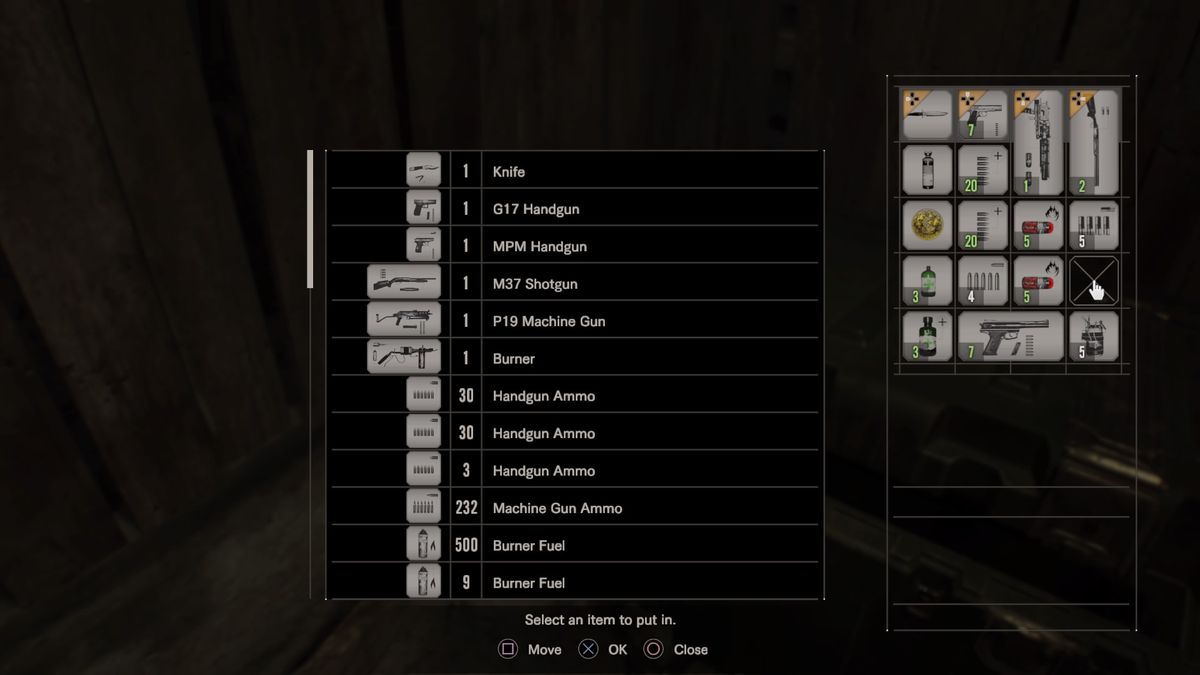
Worst Horror Cliche #4: Inventory… Or Lack Thereof
A lot of modern games have issues with inventory management, with many prime offenders falling into the horror genre. Of course, horror game buffs will know that this feature goes back to the origins of their most beloved game in the genre, but in many ways, it's a zombie we wish Chris and Jill had blown into oblivion way back when.
Resident Evil was one of the primary games that used limited storage space and use limited inventory to drive home its survival horror tag. Evidently, it worked, but perhaps a little too well.
That was 1996 and this is 2018, so surely this has now been thrown on the scrap heap, right? Wrong. Tedious trips to the dreaded storage box became an irritating staple decades ago, and unfortunately, those same boring journeys are still necessary in this day and age.
This couldn’t have been made any clearer than with the recent entry in the Resi series: Resident Evil 7: Biohazard. Despite dropping over 20 years after the first installment, the seventh entry in the long-running horror franchise still incorporates this frustrating gameplay mechanic.
And it’s by no means the only offender. The Evil Within and State of Decay (among others) still require the player to manage their inventory space down to a "T" – on occasion turning a scarefest into a borefest.
Games such as Dying Light have begun paving the way for a more RPG-orientated approach in terms of storage space, so let’s hope that theme continues.
I get that it can impose a more difficult challenge for the player to overcome, but when it’s at the expense of enthralling, engrossing gameplay, monotonous backtracking can certainly feel like a chore – one which really should’ve been buried by now.
Image source: Polygon
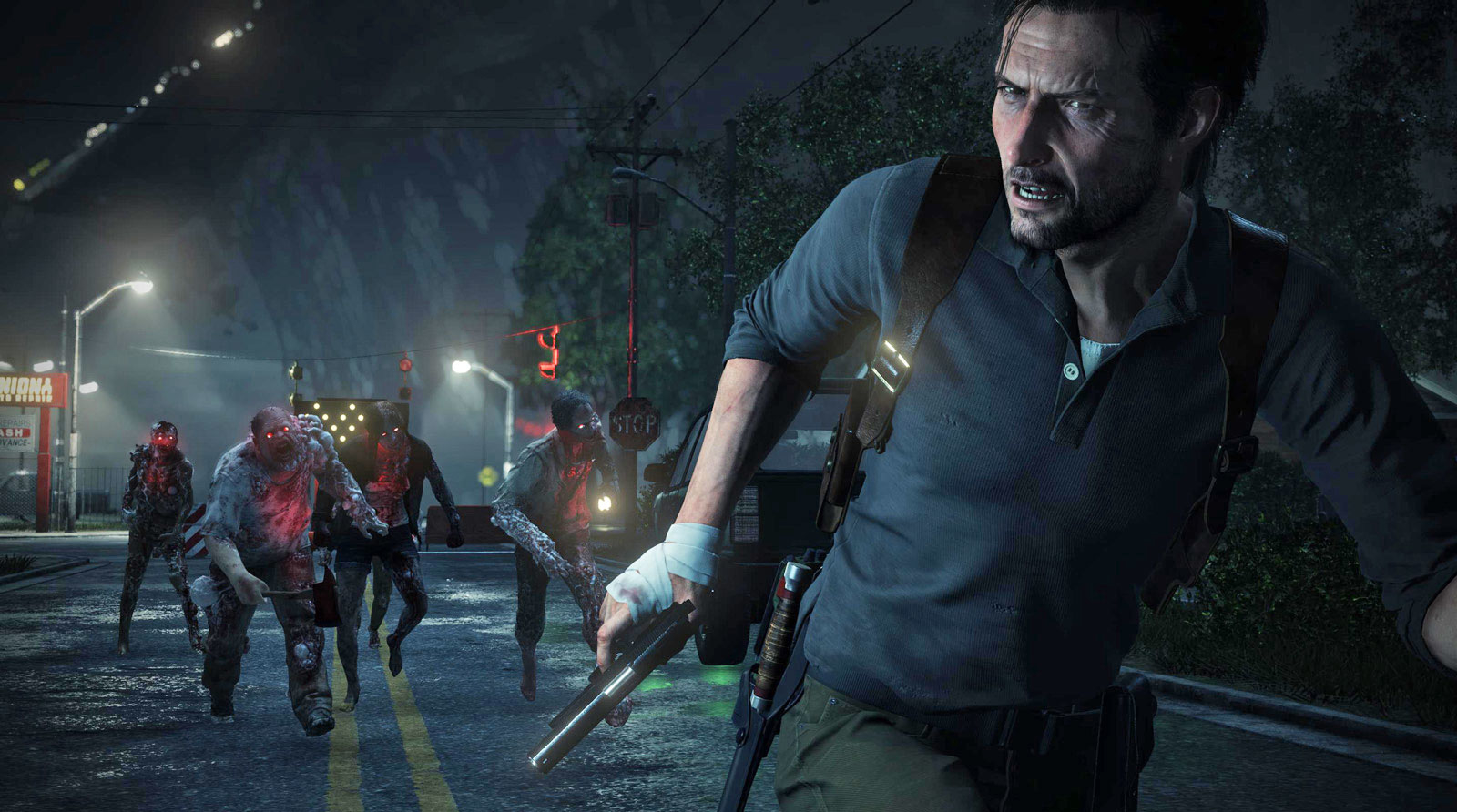
Worst Horror Cliche #3: Cutscenes Galore
The addition of cutscenes used to be one of the main highlights of horror games because they were cinematic and visceral in a way that wasn’t possible in-game. This meant that those bloody limbs and severed torsos looked even more gruesome and gnarly.
However, as time has gone on, it would have been refreshing to see the genre make strides toward more natural ways of telling a story. Sadly – for the most part – we haven’t seen that so far.
A game like Until Dawn is overloaded with cutscenes, but they’re done in such a way as to also allow for player interactivity. This seamless transition between gameplay and cutscenes is what most horror games should strive for, but more often than not, we get clunky transitions between the two – ultimately pulling the player out of the immersion that horror games rely so heavily on.
Don’t get me wrong: when CGI movies pop up and are expertly pulled off, they’re still a very viable way of propelling the story forward. However, on too many occasions, the cutscenes featured in modern horror games just don’t feel as well thought out as the ones we used to see in games like Silent Hill and Alone in the Dark.
Although the technical level of graphics and gameplay engines in 2018 still isn’t reaching its maximum potential in modern horror games, perhaps it soon will. And that will be something which will help eradicate long stretches of non-interaction and the meandering plot strands that we see peppering horror cutscenes these days.
Image source: Engadget
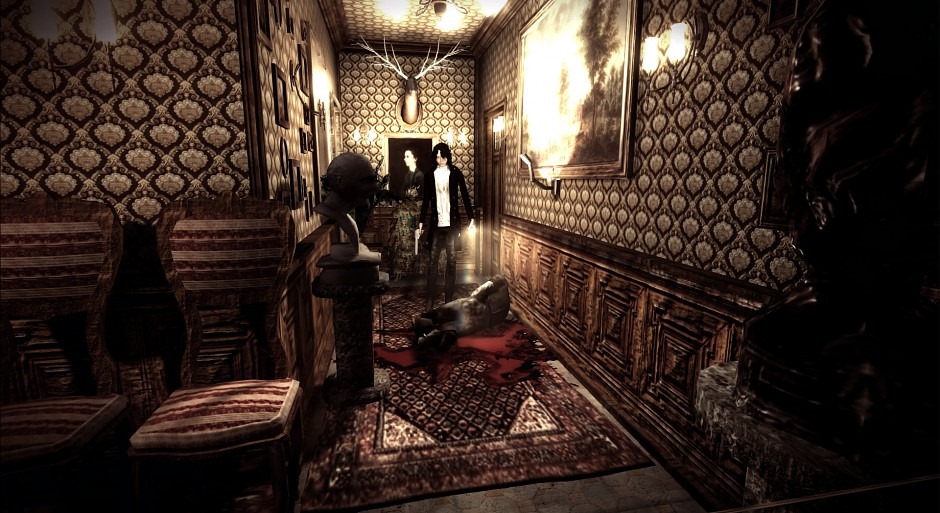
Worst Horror Cliche #2: Terrifyingly Bad Camera Angles
Fortunately, old-school horror game tropes like tank controls and gamplay glitches are mostly a thing of the past. However, the same can’t be said for the wonky camera angles that continue to plague horror games in the 21st Century.
They were awkward and erratic decades ago, and for many modern horror games, they still are.
Games such as Dead Space and The Evil Within still rely heavily on third-person presentation, which, in theory, should be fine. But in reality, they can be jarring and unpredictable.
Not seeing enemies behind you is one of the core issues with this design choice, however, fixed cameras also come with their own special batch of issues. If anything, first-person seems to be the way forward if Outlast and Resident Evil 7: Biohazard are anything to go by.
Of course, groundbreaking releases such as Resident Evil 4 and Siren proved that camera angles can also be done in a way that allows ease of use for the player while also keeping the tension and suspense ramped up to max. You don’t always need to be unaware of your surroundings to make proceedings scary, and if anything, it could be argued that this is a cheap way to frighten players.
Claustrophobia and frustration don’t always have to go hand-in-hand as we've been taught. Sure, fixed camera shots can provide a certain cinematic quality, and over-the-shoulder angles can certainly make for tense atmospheres, but sadly, neither of them have really been improved upon in the current crop of horror video games.
Image source: ZombieSkittle.com
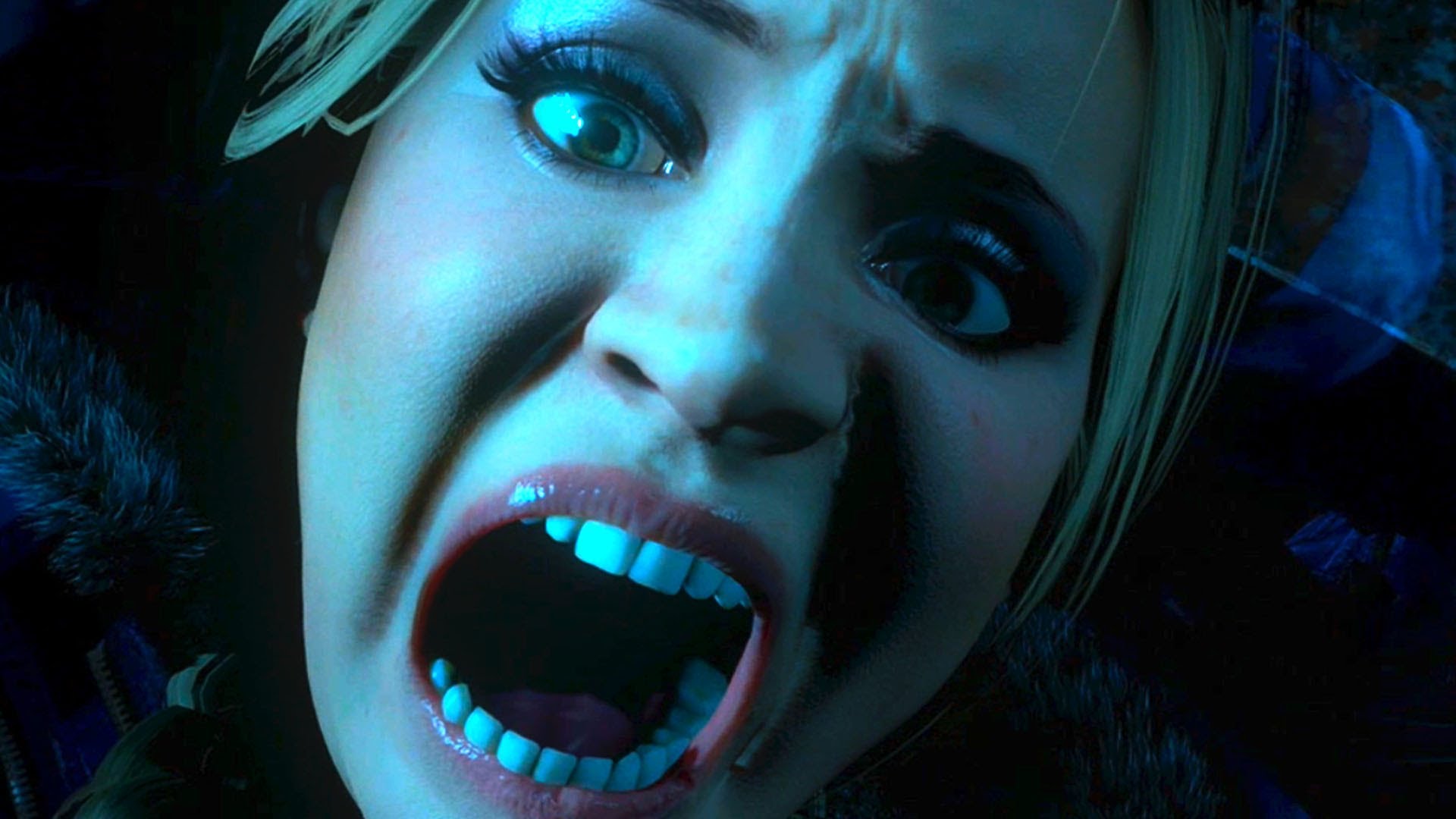
Worst Horror Cliche #1: Cheap Jump Scares
From a technical standpoint, the majority of present-day horror games have successfully built upon mainstays in the genre, changing up many of the elements to make themselves fresh and unique. Unfortunately, even the best modern games in the genre have succumbed to the ever-reliable but overused “jump scare.”
So while cleverly designed games like Until Dawn and Resident Evil 7: Biohazard are incredible feats in most respects, one thing that they still rely on too often is the cheap jump scare.
Basically go from quiet to loud in an instant, or have something happen completely out of the blue, and you’ll achieve a jump scare. But is there really any creativity in that?
This is another annoyingly persistent aspect of horror movies infecting horror games – practically every mainstream horror movie in recent years has used the tactic, so unsurprisingly, we now see it regularly in our video games. Horror entertainment is at its most frightening when it utilizes different means to elicit extreme responses from spectators, and unfortunately, we horror/gamer fanatics just don’t see that enough.
Please stop jump-scaring us. Just stop it.
---
There are a lot of great horror games out there. And many of them are scary as all Hell. However, it seem that more and more are taking advantage of players by not pushing past trends into brand-new territory.
As time goes on, here's to hoping that more horror video game developers think of more experimental ways of achieving scare factor. Thinking outside of the horror box isn’t just confined to storytelling traits, but if done correctly, it can permeate throughout every facet of a game’s design.
Want to make a truly horrifying gaming experience? Don’t just emulate tired cliches and tropes for an instant reaction – true horror goes far beyond that narrow-minded philosophy.
Image source: Players Press Start

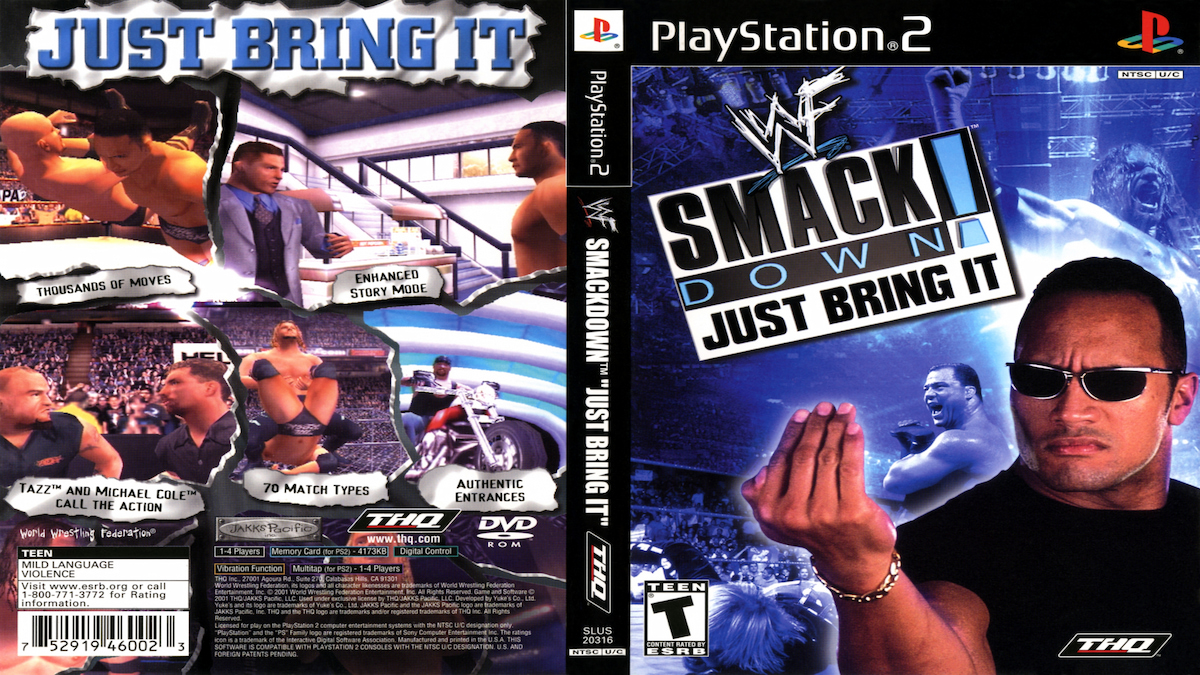
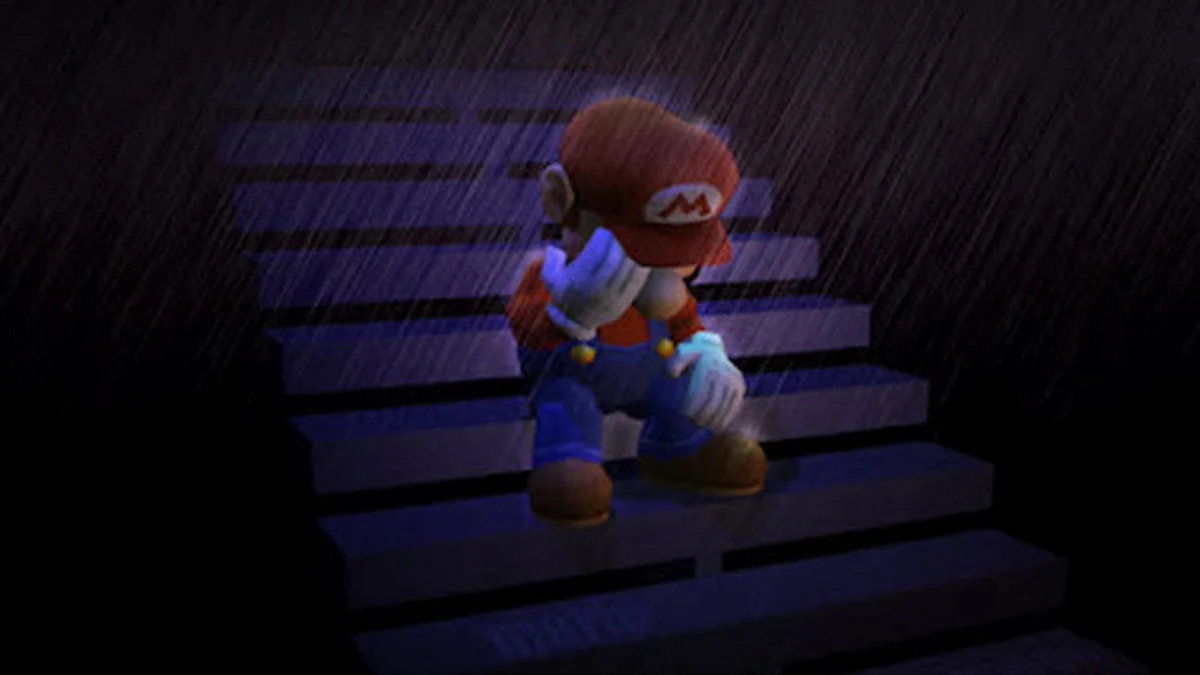
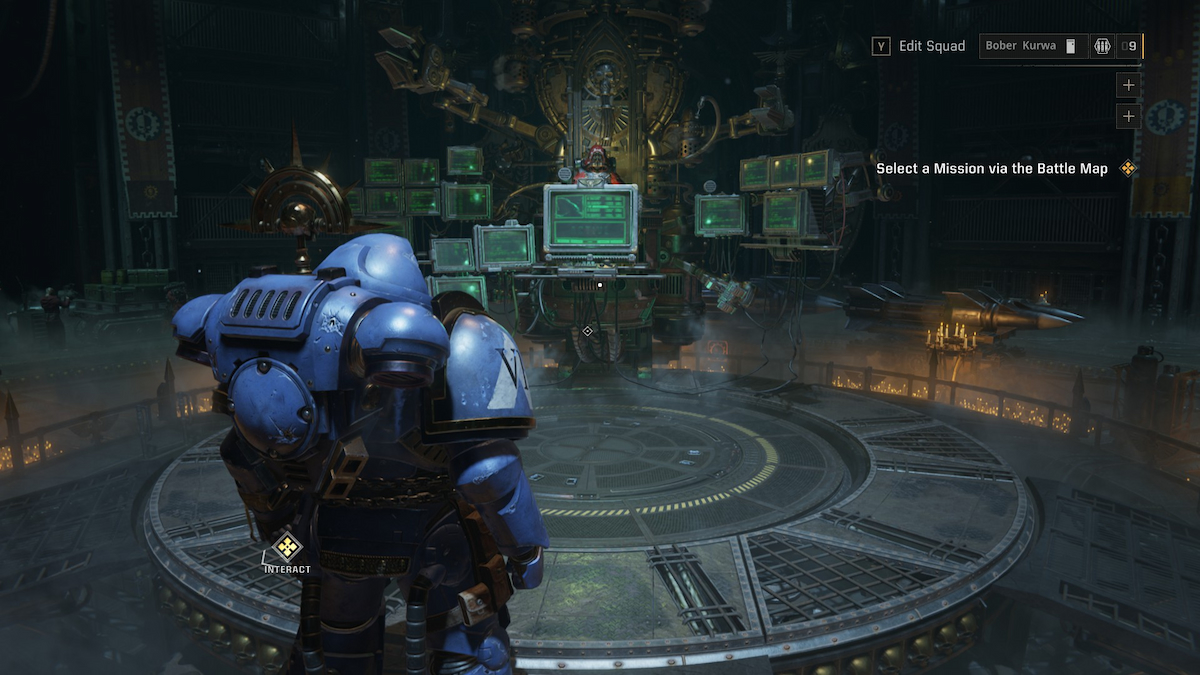
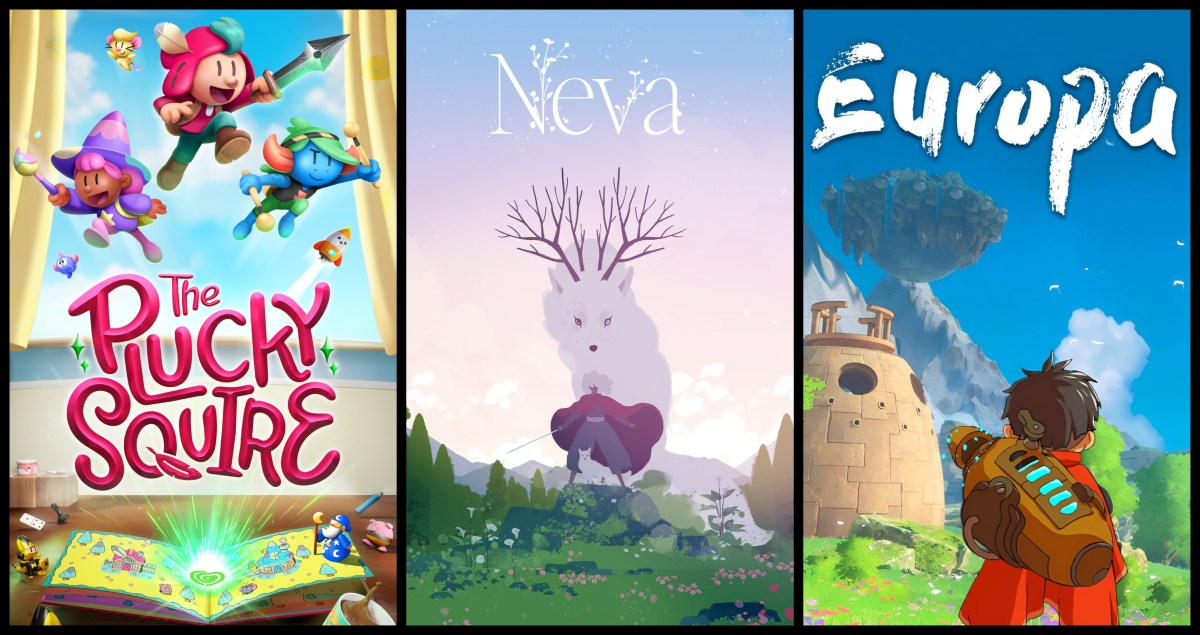
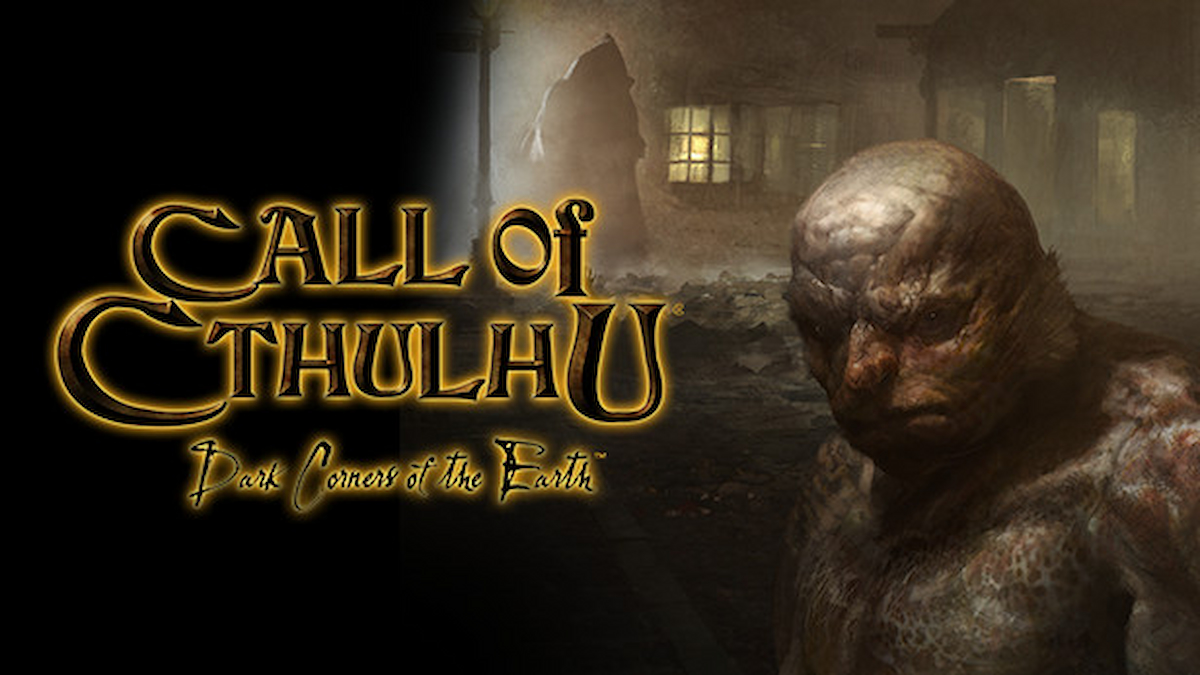
Published: Oct 4, 2018 06:27 pm